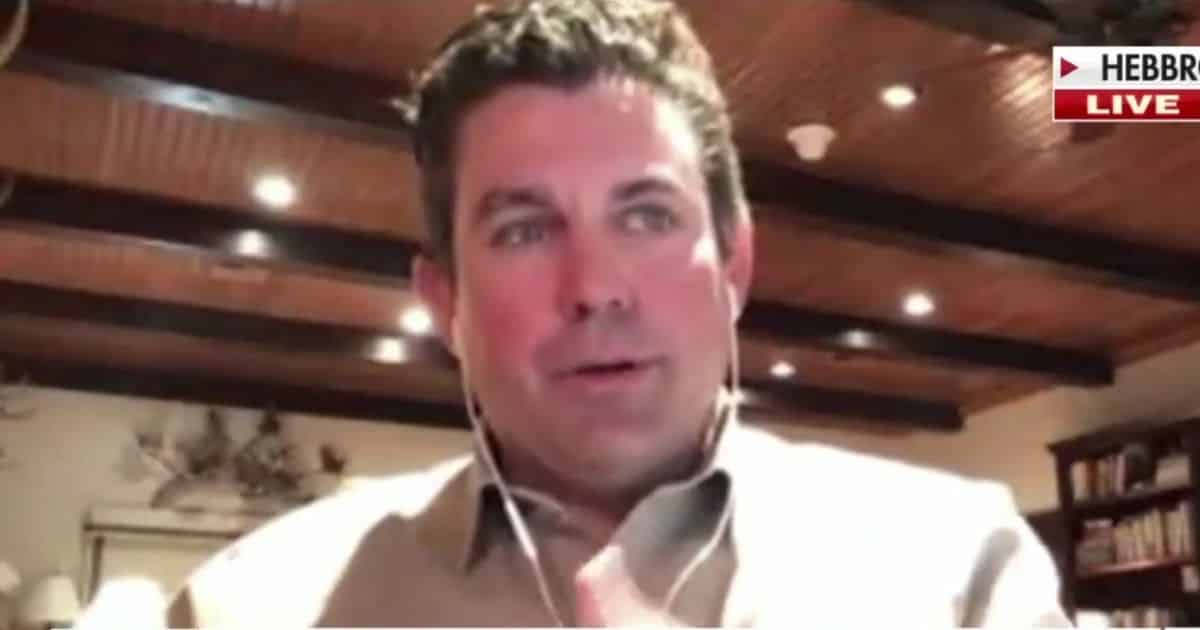Texas rancher Whit Jones has seen the ugly side of illegal immigration, as evidenced by the bodies he and his neighbors have found on their land.
Jones appeared on “Fox & Friends” on Thursday to explain how the border crisis looks from his ranch in Hebbronville, Texas.
Jones said that he finds two or three dead migrants a year on his property, noting that the number varies depending upon how close ranches are to the route illegal immigrants usually take.
“A neighbor of mine has been finding close to 10 a year for the last 10 years,” he said, according to Fox News.
Death is a common companion for illegal immigrants on their journey. Border Patrol reported that during the 2019 federal fiscal year, 300 immigrants died near the southern border, according to Statista.com.
Most of those Jones has found are men in their 20s to 40s who would not qualify for asylum.
“Right now we’re seeing hardly any children or women because of everything that’s going on on the river,” Jones said. “Those people aren’t having to make this journey.”
“They can claim asylum — the women and children can — and they’re being bused places,” he said.
[firefly_embed]
[/firefly_embed]
Jones said that on the ground, there is “a little bit more of a dangerous situation” with more “single men coming up.”
“There is a sense of fear that exists down here all the time,” Jones said. “It’s a terrible situation.”
Republican Sen. Marsha Blackburn of Tennessee has said Texas is not alone in finding dead illegal immigrants on ranches.
I spoke with John Ladd, a local rancher in Cochise County, who told me in the past 30 years he’s had over a dozen dead illegal immigrants on his ranch. pic.twitter.com/WnGh9XrInZ
— Sen. Marsha Blackburn (@MarshaBlackburn) March 21, 2021
Jones said he is hoping to get a state law passed that “helps penalize smugglers” and provides protection for migrants.
“It gives our local law enforcement the ability to do more with the situation,” he said, noting that the Texas law would “strengthen the penalty on trespassing from a state level.”
Jones said the issue of illegal immigrants is not confined to the Rio Grande.
“Typically what we hear about on the news is people crossing that border,” he said. “But essentially there’s another border that is about 50 miles to the north and we call it the ‘interior check system’ or the ‘interior checkpoint.’”
“So once all these people get across the river, they then now have to make another journey.”
This article appeared originally on The Western Journal.

























 Continue with Google
Continue with Google